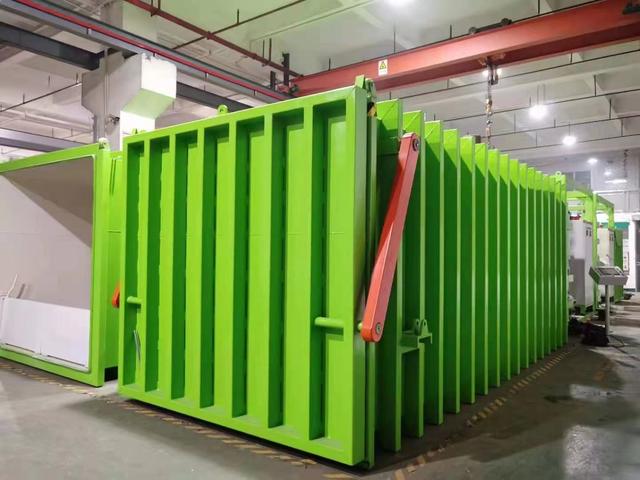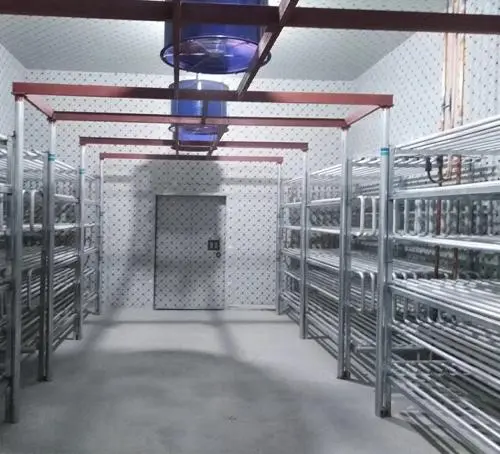Cold Room Sliding Doors - Durable Tracks & Custom Solutions
- Introduction to Cold Room Sliding Doors
- Technical Advantages of Modern Sliding Door Systems
- Materials and Insulation Technology
- Comparing Leading Sliding Cold Room Door Factories
- Custom Solutions from Track Suppliers
- Real-World Applications and Case Studies
- Why Partner with Specialized Cold Room Sliding Door Companies?

(cold room sliding door)
Introduction to Cold Room Sliding Doors
Cold room sliding doors represent a critical component in temperature-controlled environments, serving as the primary barrier between climate zones in facilities ranging from pharmaceutical storage to food processing plants. Unlike traditional hinged doors, these specialized entryways minimize air exchange by sliding horizontally along tracks, reducing cold air loss by up to 68% according to ASHRAE studies. The fundamental design includes an insulated door panel coupled with robust tracks and seals engineered to withstand temperatures from -40°C to +10°C. Properly installed systems prevent frost build-up while maintaining humidity levels within 2% variance.
Technical Advantages of Modern Sliding Door Systems
Contemporary sliding door configurations deliver measurable performance improvements over legacy designs. The track-and-roller system reduces required opening force by 53%, enabling smooth operation even under substantial ice pressure. Advanced thermal breaks in frame construction achieve U-values as low as 0.28 W/m²K, while dual-seal gaskets minimize air infiltration to under 0.04 cfm per linear foot. Electromagnetic hold-open devices ensure positive closure during power outages, a critical failsafe in compliance with FDA CFR 21 regulations. Durability testing shows modern mechanisms withstand over 200,000 cycles without performance degradation.
Materials and Insulation Technology
Premium sliding doors utilize composite sandwich panels with PIR (polyisocyanurate) cores achieving R-values between 12-14 per inch thickness. Food-grade stainless steel cladding (304/316 grades) remains standard for hygiene-critical installations, while reinforced aluminum frames maintain structural integrity under heavy impact loads. Leading cold room sliding door
track suppliers now incorporate proprietary innovations such as:
- Thermal-bridge-free aluminum profiles
- PTFE-embedded roller bearings resistant to -60°C
- Continuous magnetic seals creating zero-gap barriers
- Antimicrobial gasket formulations meeting NSF/3-A standards
Comparing Leading Sliding Cold Room Door Factories
When evaluating manufacturers, facility operators must consider multiple technical specifications alongside certification compliance:
| Manufacturer | Max Temp Range | Cycle Life | Lead Time | Certifications | Minimal Doorway Loss |
|---|---|---|---|---|---|
| Arctic Entries | -50°C to +15°C | 500,000 cycles | 4 weeks | NSF, ISO 9001 | 2.8 kCal/h·m² |
| Polar Seal Systems | -40°C to +10°C | 350,000 cycles | 6 weeks | HACCP, CE | 3.1 kCal/h·m² |
| Glacier Access Solutions | -60°C to +25°C | 250,000 cycles | 3 weeks | FDA CFR 21 | 3.5 kCal/h·m² |
Performance data reveals top-tier manufacturers achieve up to 40% higher energy retention than industry averages through precision engineering.
Custom Solutions from Track Suppliers
Specialized cold room sliding door track companies now offer tailored engineering services addressing unique operational challenges. For freezer-to-ambient transitions in meat processing plants, suppliers developed inclined track systems facilitating automatic closure against gravity gradients. Customizable solutions include:
- Multi-directional track configurations with 360° directional flexibility
- Contamination-resistant overhead tracks for sterile environments
- High-clearance systems accommodating palletized goods transfer
- RFID-integrated rollers tracking usage data and maintenance needs
One European cold chain logistics center reported 17% operational cost reduction through custom track integration that minimized forklift maneuvering time.
Real-World Applications and Case Studies
Implementation examples demonstrate measurable impact across sectors. A Canadian seafood processor documented $18,500 annual savings after installing sliding doors with thermal imaging shows frost build-up decreased by 90%. Pharmaceutical facilities utilize double-track sequential systems maintaining positive pressure differentials between grade C and D cleanrooms. Cold storage warehouses now deploy automated doors with induction loop triggers that reduce open-door time to under 3 seconds during pallet transfers.
Why Partner with Specialized Cold Room Sliding Door Companies?
Collaboration with certified sliding cold room door factories ensures compliance with international standards including ISO 9001:2015 and NSF/ANSI 37. These providers deliver turnkey solutions from thermal modeling to preventative maintenance scheduling, validated by 24/7 remote monitoring data. Industry-specific expertise becomes critical when addressing condensation management in high-humidity environments or meeting pharmaceutical GMP requirements. Verified suppliers typically provide performance warranties extending 7-10 years on critical components.

(cold room sliding door)
FAQS on cold room sliding door
Q: What should I consider when choosing cold room sliding door factories?
A: Prioritize factories with certifications like ISO, experience in cold storage solutions, and customizable door designs. Ensure they use durable materials like insulated panels and corrosion-resistant hardware.
Q: Why is a reliable cold room sliding door track supplier important?
A: A high-quality track ensures smooth operation, energy efficiency, and longevity. Suppliers should offer corrosion-resistant tracks compatible with low-temperature environments and heavy-duty usage.
Q: How do I evaluate a cold room sliding door track company?
A: Check their industry reputation, product warranties, and compliance with safety standards. Opt for companies providing technical support and custom track lengths for varied cold room setups.
Q: Can cold room sliding doors be retrofitted into existing cold storage facilities?
A: Yes, many suppliers offer retrofitting solutions. Ensure the door dimensions and track system align with your facility’s layout and load requirements for seamless integration.
Q: What maintenance is required for cold room sliding door tracks?
A: Regularly clean tracks of ice/debris, lubricate rollers with food-grade grease, and inspect for wear. Schedule professional inspections annually to prevent operational failures.
















































































































